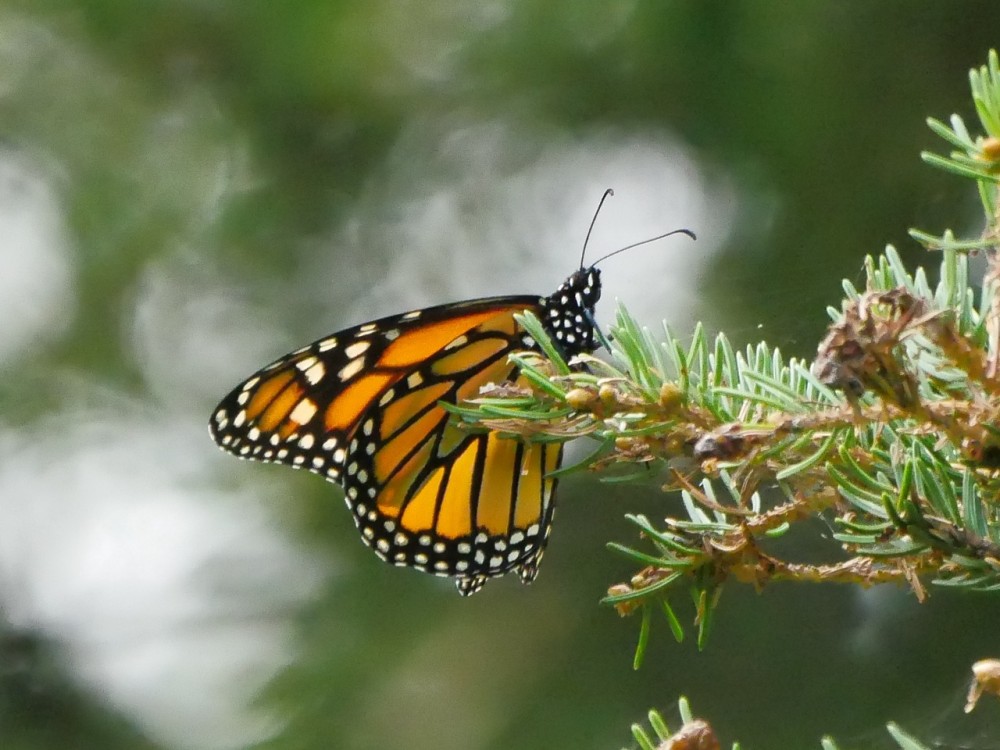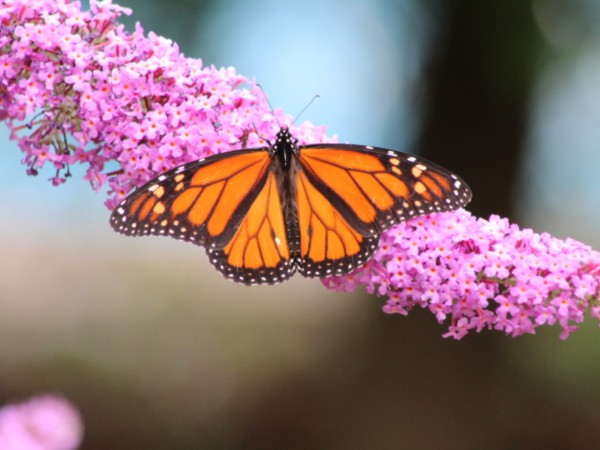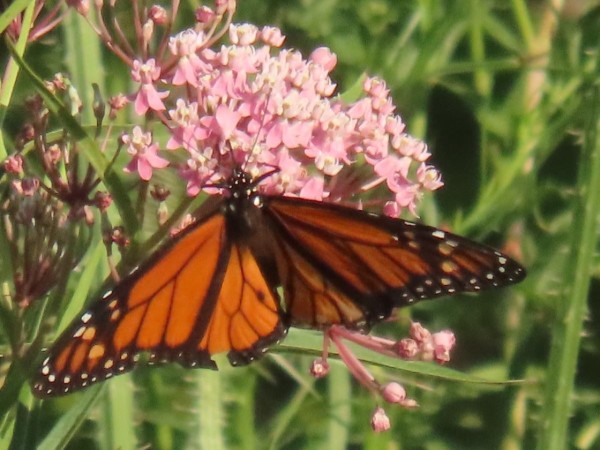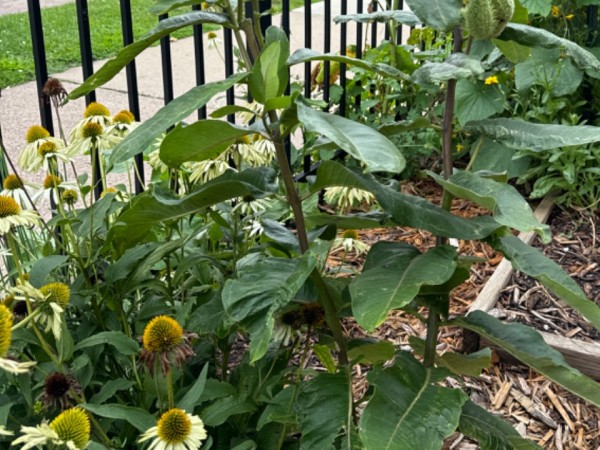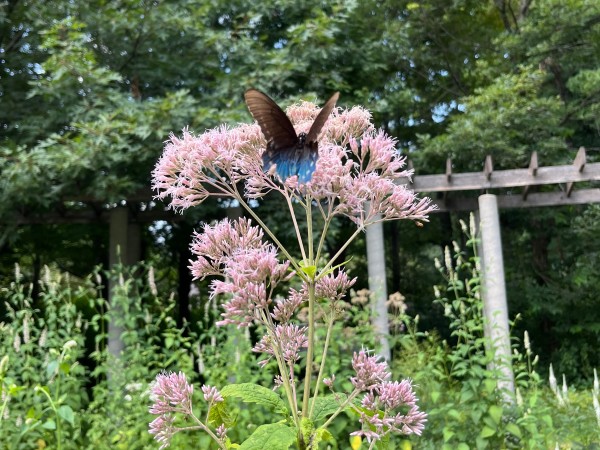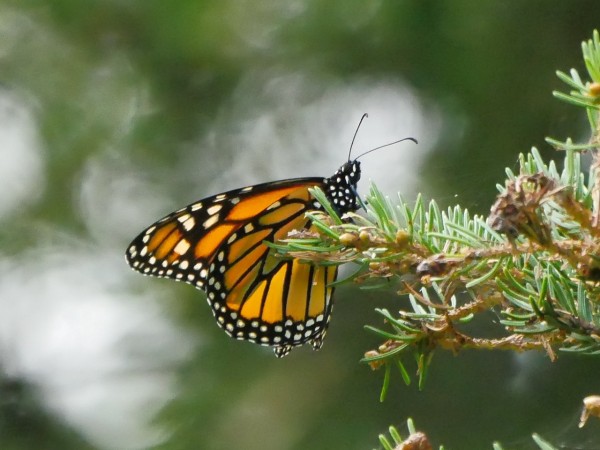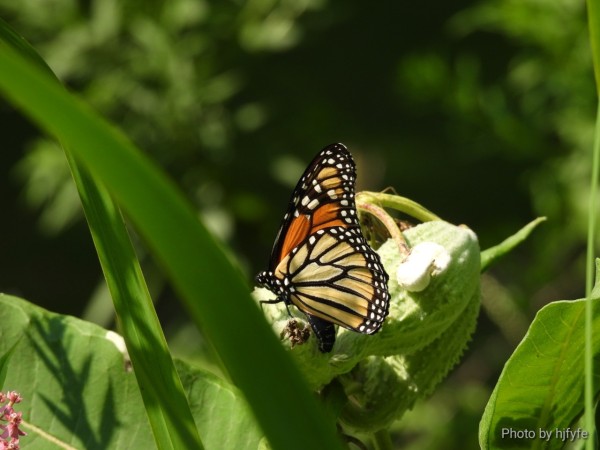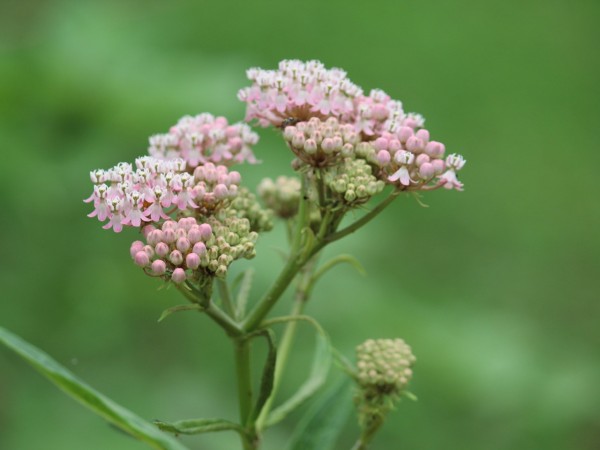Monarch Blitz update: Sightings flow in from across the continent
The International Monarch Monitoring Blitz is in full swing.
As of the end of the day on Wednesday, July 31, the 6th day of the 10-day event, Journey North has received nearly 1,400 reports from volunteers. Of those, over 700 have been monarch adults, including some people reporting their first sightings of the year.
The first monarch of the season is a special one, especially when you’ve put a lot of work into planting native flowers or milkweed in hopes of a sighting.
“I’ve started planting flowers that Monarchs like and this is the first Monarch I’ve seen in my garden,” wrote Linda in Eau Claire, Wisconsin. “So exciting!”
“First Monarch sighting of 2024,” Jacqueline in Bedford, Indiana said. “SO late this year!”
Some people have reported multiple times throughout the Blitz, providing updates on daily adults and separate egg or larva observations.
“One male monarch patrolling again today, this time he landed long enough for a photo. Warm and humid here with a temp of 35C. Waystation #13039,” wrote Linda in Chatham, Ontario.
“At this location on July 22 we reported seeing 11 monarchs and today July 29 we are reporting seeing 11 monarchs,” wrote Anette in American Fork, Utah. “Huge Queen Anne’s lace, swamp mw, night shade, Joe Pye, blue vervain, and a tall yellow flower were blooming, and a few sunflowers were starting to bloom. Beautiful habitat.”
Despite available habitat, it hasn’t been a summer full of monarch sightings for everyone.
“Many stalks of mature common milkweed. Sadly, as has been my experience everywhere this summer in Iowa City, no eggs or caterpillars found,” wrote Ericka in Iowa City, Iowa.
Even if you’re not spotting monarchs, you can still report your sightings of milkweed, including the type of milkweed, number of plants and any searching of the plants you’ve done, as well as adding comments about whether you’ve seen any monarch activity at all this year.
“There are multiple milkweed plants on my property, 30-40 plants but no monarchs at this time,” wrote Marie in Ocoee, Tennessee. “I did see one caterpillar earlier in the season, but it was gone the next day and likely breakfast for the many birds in my yard.”
In Munster, Indiana, Sue wrote, “I looked on 21 of my common milkweed plants this morning and didn’t find any eggs or eaten leaves. Very very sad. I will look at more of my common milkweed plants tomorrow.”
Across the continent, Journey North and its partners are so appreciative of all the reporting done by volunteers, whether it was a report from a daily walk or bike ride or extensive searching specifically for the Blitz.
“Common milkweed are scattered over a large 5-6 acre field. Estimate there are 1200-1500 plants. Today was sunny and approx. 34 degrees C. Two of us searched a couple of hundred plants in a half hour period. Found 1 small monarch larva, but no others even though there were many signs of C-shaped chew marks on leaves. No adults were seen and no monarch eggs were found,” reported Elaine in Scotchtown, New Brunswick.
Elaine did have a little more luck earlier in the Blitz, writing on Saturday, “As part of the annual monarch blitz, we searched a couple of patches of common milkweed located at this location. The largest patch has 1000-1500 plants, and the smallest approx. 600 plants. We observed 2 adult monarchs, 4 larvae, and 9 eggs over a 1 hour period during the mid morning. It was sunny and approx. 22 degrees C. All searching was conducted around the plants on the peripheral edges of the milkweed patches.”
Other results have been positive, with effort paying off after habitat restoration. To quote the 1989 baseball movie Field of Dreams, “If you build it, they will come.” Back in reality, to quote Dawn in Mazomanie, Wisconsin:
“We planted 3300 native plants and seeded multiple areas last year (2023) in an effort to create rain gardens, prairie and oak savanna on our property. This process is ongoing, but we have seen great results so far. We currently have multiple stands of butterfly weed, whorled milkweed, common milkweed and swamp (rose) milkweed in bloom - so we see multiple monarchs every day.”
Here at Journey North’s home base at the University of Wisconsin-Madison Arboretum, my quick 10-minute walk through the Native Plant Garden on Wednesday yielded one sighting of a monarch adult, as well as several other butterflies, including a pipevine swallowtail (pictured to the right) and tiger swallowtail.
Monarch Blitz reporting continues through Aug. 4, but Journey North accepts reports of monarchs, milkweed and several bird species throughout the year. Click here to submit your observations.
Thank you for all of your contributions to Journey North and the International Monarch Monitoring Blitz!

